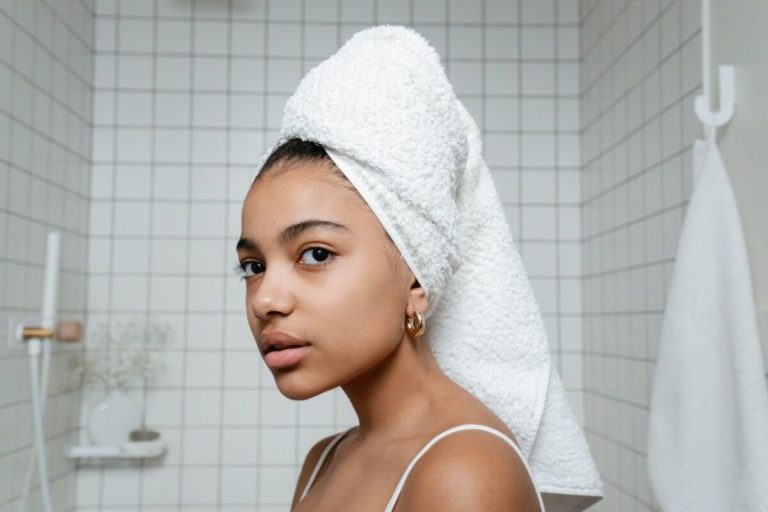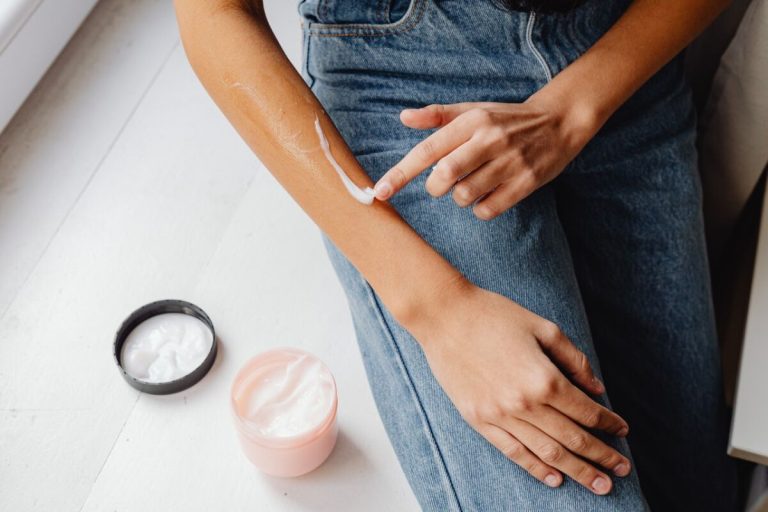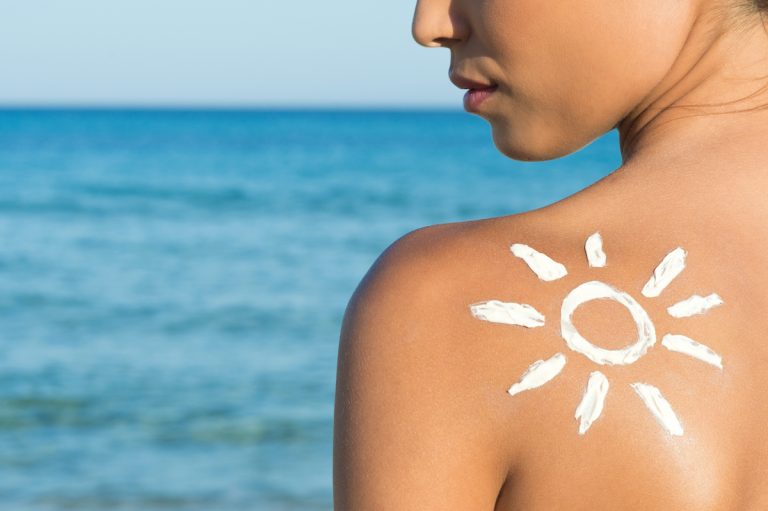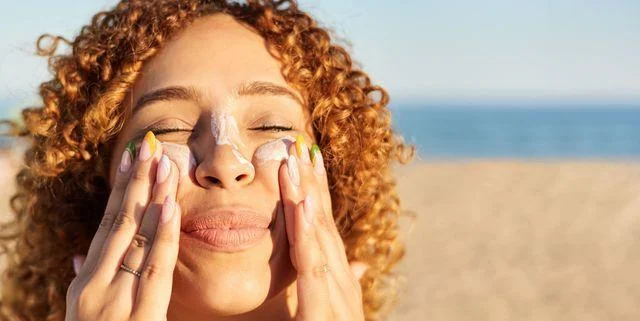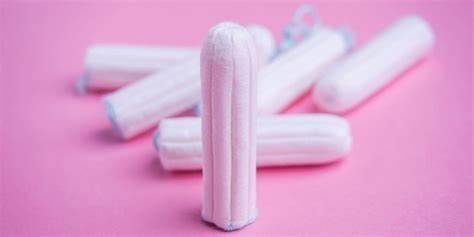5 Benefits Of Cocoa Butter For The Skin
Cocoa butter is a natural fat derived from cacao beans. It has been used for centuries as a medicinal ingredient and skin moisturizer. In its pure form, cocoa butter is solid at room temperature due to its high concentration of saturated fats. When applied to the skin, the warmth helps cocoa butter melt and it is easily absorbed into the skin.
Cocoa butter has gained attention for its emollient properties and antioxidants. It has been shown to hydrate and nourish the skin, improve elasticity, prevent premature aging, and even reduce the appearance of scars and stretch marks. As someone with dry skin, I was eager to experience these benefits for myself.
Benefits of Cocoa Butter for Your Skin
Contents
Nourishes and Hydrates Skin
One of the main reasons I started using cocoa butter was to help lock in moisture and keep my skin hydrated. The fatty acids and emollient properties in cocoa butter help it create a protective barrier on the skin. This prevents water loss and allows the skin to retain moisture for longer periods.
Cocoa butter is rich in essential fatty acids like stearic, oleic, and palmitic acids. These fatty acids are incredibly nourishing for the skin and help to strengthen the skin’s protective barrier. With regular use, I noticed my skin was more supple and moisturized throughout the day.
The hydrating benefits also improve skin elasticity and texture. Well-hydrated skin has a plumper, more youthful appearance. Cocoa butter allows your skin to bounce back and recover from environmental stressors. Over time, it can even diminish the look of fine lines and wrinkles by keeping your skin hydrated and moisturized.
Protects Against Environmental Damage
In addition to hydration, I also use cocoa butter for its protective properties. It contains beneficial compounds like polyphenols and vitamin E. These antioxidants help safeguard skin from oxidative stress and premature aging.
Cocoa butter creates a protective layer that shields the skin from harmful environmental pollutants. The polyphenols also have anti-inflammatory properties to soothe irritated or sensitive skin. Using cocoa butter daily guards my complexion against UV damage, pollution, and other factors that can accelerate signs of aging.
Boosts Skin Elasticity
As I’ve gotten older, I’ve noticed my skin is slower to bounce back and lacks elasticity. Cocoa butter can help counteract this. Studies show that cocoa butter polyphenols can enhance skin’s elasticity by stimulating collagen production when applied topically.
After using cocoa butter for a few weeks, my skin definitely looked more toned and firm. The results were comparable to some of my favorite anti-aging creams! Cocoa butter is an affordable and natural alternative to boost your skin’s elasticity and collagen levels.
Heals Skin and Reduces Scarring
I was also drawn to cocoa butter’s reputation for healing skin and reducing scars or marks. With its rich antioxidant content, cocoa butter supports your skin’s natural healing process. The moisturizing fatty acids also create ideal conditions for your skin to repair damage.
Many people use cocoa butter to diminish the appearance of scars from acne, surgery, pregnancy and more. For me, massaging cocoa butter into my skin has noticeably minimized some old scars over time. It also helped prevent and fade stretch marks.
Creates a More Youthful Complexion
After noticing clearer, firmer skin from using cocoa butter, I can say it definitely makes your skin look more youthful and radiant! The abundance of antioxidants helps even out skin tone and minimize dark spots or blemishes.
The hydrating fatty acids reduce the look of fine lines and wrinkles by plumping up the skin. Cocoa butter melts into skin seamlessly, targeting dry patches for intensive moisture. Those with mature skin will love how soft and smooth their complexion looks after applying cocoa butter.
Overall, cocoa butter leaves your skin looking fresh, healthy, and illuminated from within. I love the natural glow it gives my complexion.
How to Use Cocoa Butter on Your Skin
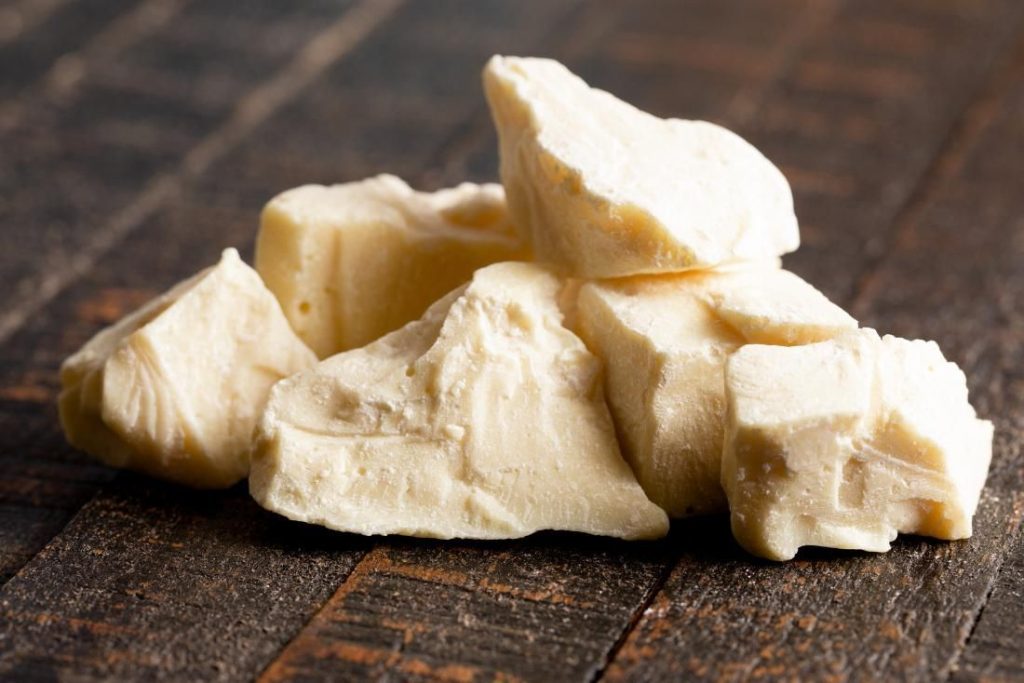
If you want to enjoy the amazing skin benefits of cocoa butter, here are some tips for using it in your skincare routine:
Start with Clean Skin
It’s important to thoroughly cleanse your face or skin before applying cocoa butter. This removes any leftover makeup, oil or impurities that could clog pores or prevent absorption.
Warm the Cocoa Butter
The solid texture of cocoa butter makes it easier to apply when warmed up first. I like to rub a small amount between my palms until it melts. You can also use a double boiler or hot water method.
Dampen Skin Slightly
Applying cocoa butter to damp skin helps boost its moisturizing power. After cleansing, pat your face or body dry while still leaving the skin a bit moist.
Massage Gently
Use circular motions to massage cocoa butter into your skin. This allows deeper penetration so the hydrating fatty acids can really work their magic.
Allow Time to Absorb
Give the cocoa butter several minutes to absorb into your skin before getting dressing or applying other products. This prevents disturbing the protective moisture barrier it creates.
Customize Your Routine
Figure out if your skin benefits most from cocoa butter in the morning, evening or both. You can also mix it with facial oils or in body lotions for extra nourishment.
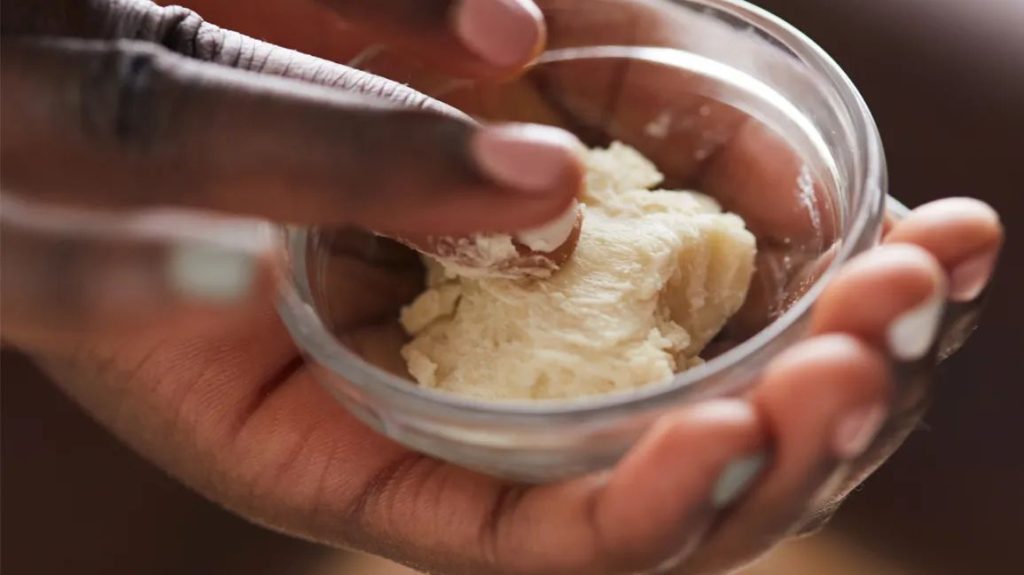
Should You Use Cocoa Butter Daily?
With all these benefits, you may be wondering if you should use cocoa butter every day. Here are some factors to consider:
Skin Type
Dry or mature skin will likely benefit from a daily dose of cocoa butter moisture. However, those with oily or acne-prone skin may find daily use too heavy or clogging. Listen to what your skin needs.
Weather Conditions
Humid, hot climates may require lighter moisturizers. But cold, dry weather can call for thicker creams like cocoa butter to prevent excessive water loss.
Skin Concerns
Frequent use may be warranted for certain concerns like scarring or severely dry skin. For general maintenance, a few times per week is probably sufficient.
Skin Reactions
Discontinue use if you notice any irritation, rashes or breakouts. Always do a patch test before applying new products if you have sensitive skin.
Potential Side Effects of Cocoa Butter
While generally safe, be aware of these potential cocoa butter side effects:
Allergic Reactions
Cocoa butter allergies are uncommon but possible. Stop using immediately if you see any red, itchy skin or rashes.
Heavy, Greasy Texture
Some people dislike the thick, greasy feel of cocoa butter on their skin. Thankfully, it absorbs fairly quickly. But the residue may be an issue for those who prefer lightweight lotions.
Can Cocoa Butter Clog Your Pores?
With my acne-prone skin, I was initially worried about using such a thick, creamy butter on my face. Here’s what I learned about cocoa butter and clogged pores:
Comedogenic Rating
Cocoa butter ranks a 4 out of 5 on the comedogenic scale, meaning it has a high likelihood of clogging pores for some people. Everyone’s skin is different but those with oily skin need to take extra precautions.
Oily or Acne-Prone Skin
While cocoa butter delivers amazing nourishment for the body, those with oily or acne-prone skin may want to avoid daily facial use. It could lead to breakouts, congestion or blackheads. Proceed with caution and adjust as needed.
Conclusion
In conclusion, cocoa butter deserves its glowing reputation as an incredible moisturizer and antioxidant-rich skincare ingredient. From locking in hydration to boosting elasticity, cocoa butter can transform your skin in many positive ways. Just be mindful of your skin type and sensitivity. With regular use, you too may unlock cocoa butter’s benefits for more beautiful, youthful and healthy skin.
I hope this article has provided a helpful overview of cocoa butter’s many perks! Let me know if you have any other questions. I’m happy to share more skincare tips and product recommendations.

Founded by Sophia Rodriguez, IGXO Cosmetics is a PETA-certified, cruelty-free, and vegan makeup brand.

